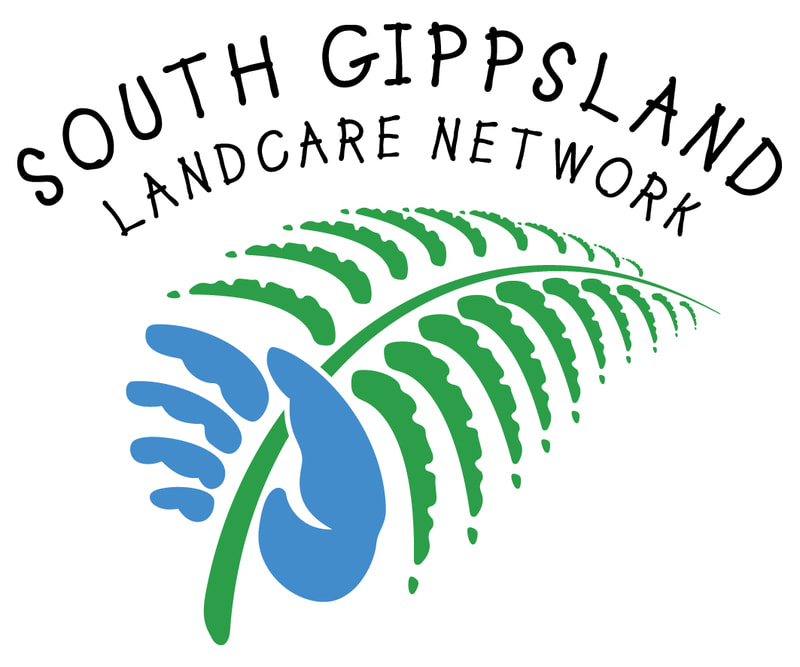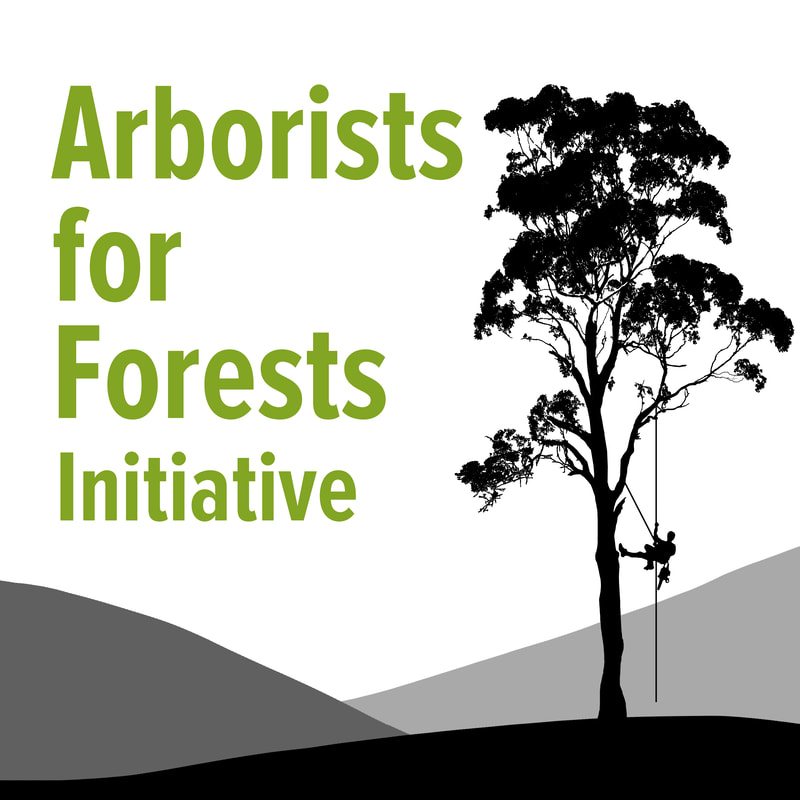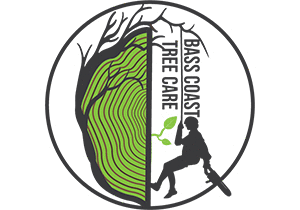In 2022, a partnership project between Bass Coast Landcare Network, South Gippsland Landcare Network, Trust for Nature, INVERT-ECO, Drift Media and the Gippsland Threatened Species Action Group was awarded a grant by the Federal Government. The project was entitled “Enhanced Knowledge and Protection of the Giant Gippsland Earthworm” and awarded under the Environment Restoration Fund-Threatened Species Strategy Action Plan-Priority Species Grants.
The aim of the project was to identify GGE habitat on farms and provide recommendations on habitat management. The project builds on the GGE National Recovery Plan (2010) recommendations by permanently protecting GGE colonies and habitat with a Trust For Nature Covenant and nine non-perpetual landholder agreements. The project also conducted botanical assessments of GGE habitat and established long-term monitoring sites to produce refined Ecological Vegetation Class (EVC) species lists more suitable for GGE habitat.
The majority of GGE habitat in the Strzelecki Ranges has been cleared for agriculture. GGE can survive well under pasture but need protection from threats such as changes in the soil moisture, soil compaction and pugging by cattle. Revegetation of dense high-water usage species can dry out GGE habitat. This project aimed to protect GGE habitat while demonstrating the planting of indigenous vegetation adjacent to colonies that once grew in the south-western Strzeleckis before European settlement. This was achieved by fencing GGE habitat to protect them from grazing pressures such as compaction and pugging and creating a buffer around the colonies where a modified planting method is used in different buffer zones. This includes using lower planting densities and selection of specific lifeforms from the appropriate EVC.
Further details of Giant Gippsland Earthworm planting guidelines can be found by clicking on the image below.
The aim of the project was to identify GGE habitat on farms and provide recommendations on habitat management. The project builds on the GGE National Recovery Plan (2010) recommendations by permanently protecting GGE colonies and habitat with a Trust For Nature Covenant and nine non-perpetual landholder agreements. The project also conducted botanical assessments of GGE habitat and established long-term monitoring sites to produce refined Ecological Vegetation Class (EVC) species lists more suitable for GGE habitat.
The majority of GGE habitat in the Strzelecki Ranges has been cleared for agriculture. GGE can survive well under pasture but need protection from threats such as changes in the soil moisture, soil compaction and pugging by cattle. Revegetation of dense high-water usage species can dry out GGE habitat. This project aimed to protect GGE habitat while demonstrating the planting of indigenous vegetation adjacent to colonies that once grew in the south-western Strzeleckis before European settlement. This was achieved by fencing GGE habitat to protect them from grazing pressures such as compaction and pugging and creating a buffer around the colonies where a modified planting method is used in different buffer zones. This includes using lower planting densities and selection of specific lifeforms from the appropriate EVC.
Further details of Giant Gippsland Earthworm planting guidelines can be found by clicking on the image below.
Also, click on the following image below will take you on a journey through a Giant Gippsland Earthworm multimedia interactive resource where you will discover information on the Giant Gippsland Earthworm and the project. This interactive includes information videos, fun facts, downloadable resources and link to other websites for your information.
For further information on Giant Gippsland Earthworms visit https://www.giantearthworm.org.au/
Springbank Timelapse
Have a look at this fantastic timelapse video showcasing the progress of revegetation works at the farm property, ‘Springbank’, in Bena, South Gippsland. The timelapse takes you through a journey starting in 1956 through to 2022. What was once a denuded landscape has been transformed into both a biodiverse and productive landscape. This has occurred across the entire Southern Gippsland region and can be attributed to the wonderful efforts of the landcare movement in Bass Coast and South Gippsland.
The Giant Gippsland Earthworm Project is supported by the Bass Coast Landcare Network,South Gippsland Landcare Network, Drift Media,Invert-Eco,Oates Environmental Consulting, Trust For Nature, the Gippsland Threatened Species Action Group and the Australian Government.





































